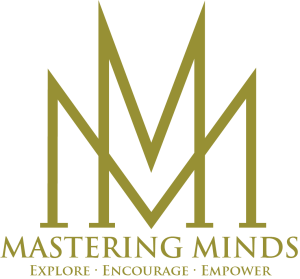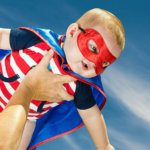Have you ever paused to observe how students learn best? Do you stop to reflect on the environments that are most conducive for learning? If you are in a typical classroom—it’s easy to forget. Somehow, many of us have lost the art of enabling students to learn—andI’m speaking of both higher education as well as K-12 education.
Author Erika Christakis is challenging educators to re-think their pedagogy. She’s asking parents to re-think the family calendar. She’s pushing coaches to evaluate the productivity of their team practices. You may remember Erika’s name. She stepped into the spotlight last fall, as a Yale lecturer, when her college basically told students what costumes to avoid on Halloween. Christakis suggested that perhaps we should expect these young adults to figure out what was offensive on their own. Must we really tell them how to behave at this point? When several Yale students accused her of being racially insensitive and demanded she step down, she told The Washington Post, “I worry that the current climate at Yale is not, in my view, conducive to the civil dialogue and open inquiry required to solve our urgent societal problems.”
What Erika saw is what I see on too many college campuses today. Smart students that have been pushed academically, but it’s been at the expense of social-emotional skills. They may have a 4.0 GPA, but they are incapable of discerning how to make wise choices or how to behave. We’ve kept one type of report card—but should be watching another.
Her challenge to us today?
Let students play. It will solve so many problems.
In an interview with NPR journalist Cory Turner, she says, “We’re underestimating kids in terms of their enormous capacity to be thoughtful and reflective, and, I would argue, that’s because we’re not giving them enough time to play and to be in relationships with others […] We have very crammed schedules with rapid transitions. We have tons of clutter on classroom walls. We have kids moving quickly from one activity to another. We ask them to sit in long and often boring meetings. Logistically and practically, their lives are quite taxing.”
Can Play and Learning Work Together?

photo credit: Science Class at UIS via photopin (license)
Why do educators and policymakers see play and learning as mutually exclusive? This is the question Turner asked Christakis. Her response was insightful: “Yeah, it’s incredibly weird—this fake dichotomy. The science is so persuasive on this topic. There’s all kinds of research coming not only from early childhood but animal research, looking at mammals and how they use play for learning.”
So what makes it work?
- Relationships
Playful learning is embedded in relationships and social situations. It provides a spark to the learning environment. We are social creatures and we learn best in circles—not rows. Life change occurs when there is life exchange. Relationships accelerate learning. We need to be in community.
- Relevance
Playful learning is fostered best when topics are meaningful to students. What you say needs to be connected to the perceived “real life” of a student. If a learner can’t connect the dots between the subject and their life—it’s all theory and it will be forgotten. Students tend to learn on a “need to know” basis.
- Responsiveness
The key is the development of social emotional skills. Some schools understand this, but most do not. Students learn best in an environment that empowers all parties to respond to each other; to volley ideas and to interact. This is why social media has overtaken television as the top amusement among the younger generation.
We continue to teach for the test on subjects we’ve been told to grade. Sadly, it’s not what employers or future spouses are grading. When students are in playful learning, they are speaking and listening to each other, learning to self-regulate, expanding vocabulary and discovering how to think out loud. Playful learning, it seems, is just common sense.
Gaming as Learning?
May I offer you an illustration of what this discovery could look like in a classroom?
We have just positioned our Habitudes® in an on-line gamified platform to increase engagement and accelerate learning. (Our Habitudes series, introduces a variety of images that form leadership habits and attitudes.) They teach real-life social-emotional habits and attitudes, and now this resource has been further developed into a fun, interactive game that let’s students compete or collaborate. It offers points and badges as quests as the levels are completed. It makes learning feel like play. And play is what many students need in order to grow.
(You can check out both HabitudesOnline and HabitudesPlay HERE).
Why not consider finding a way and a time for students to play and learn? Everyone wins.

Source: Tim Elmore On Leading





Leave Your Reply